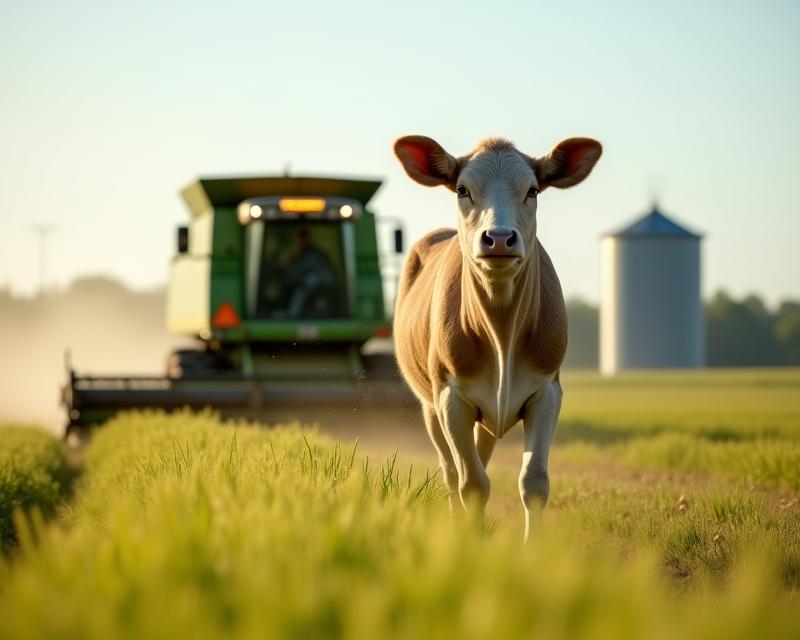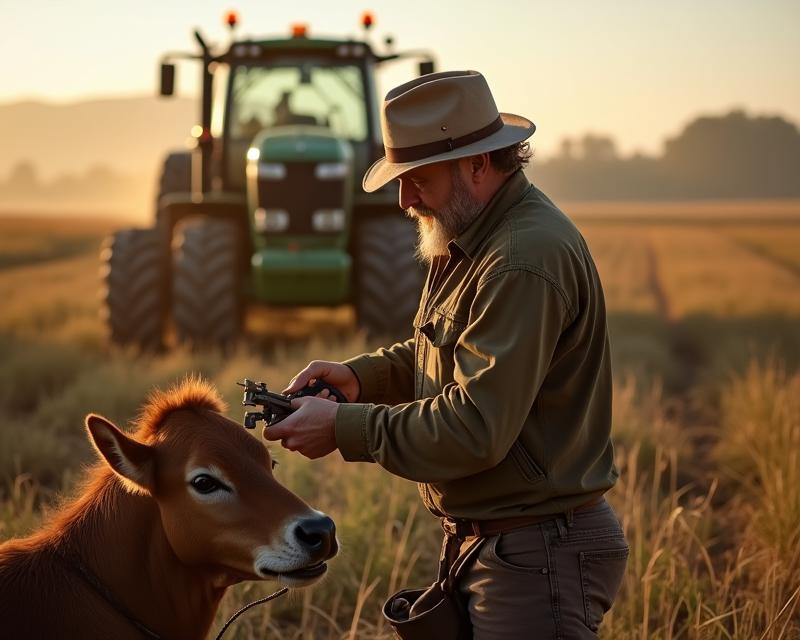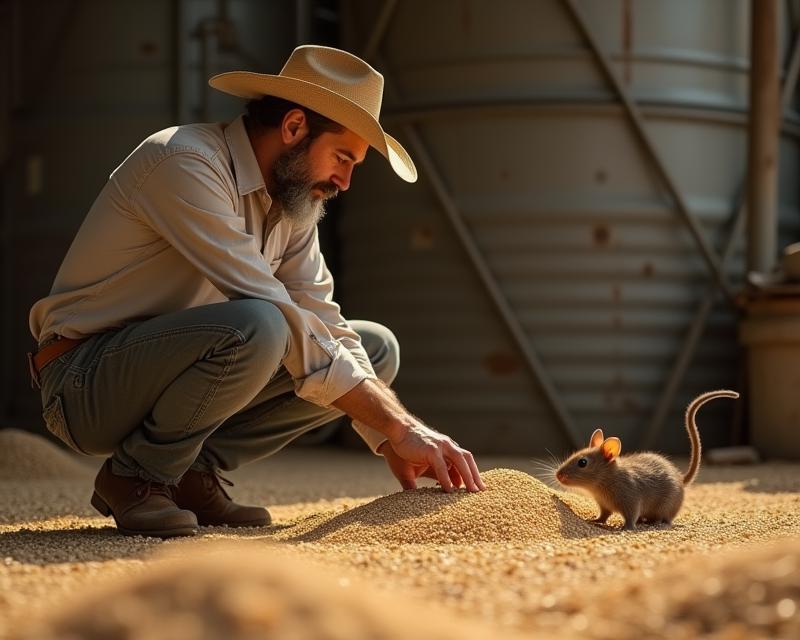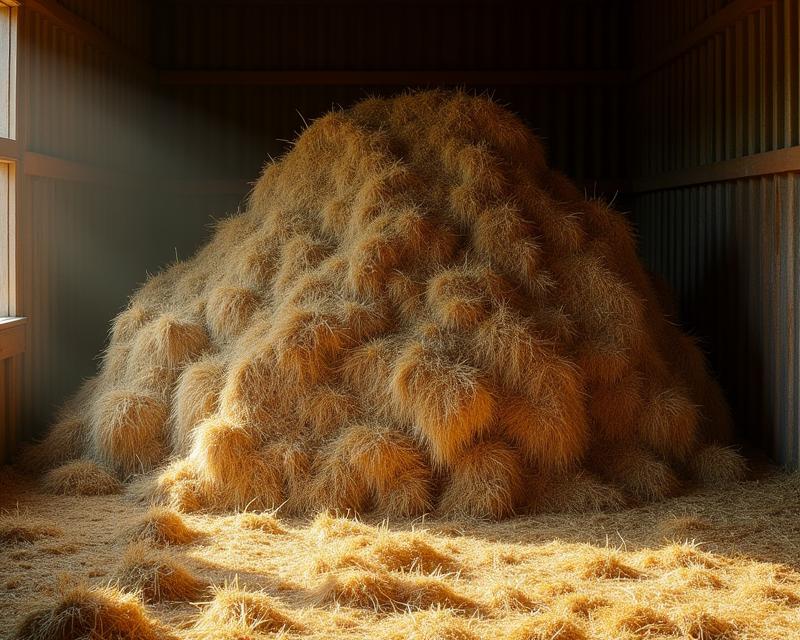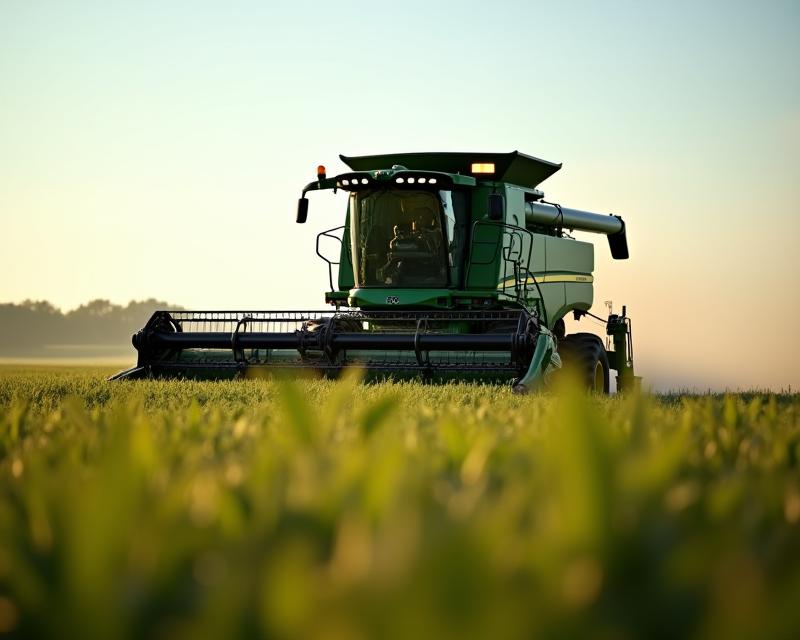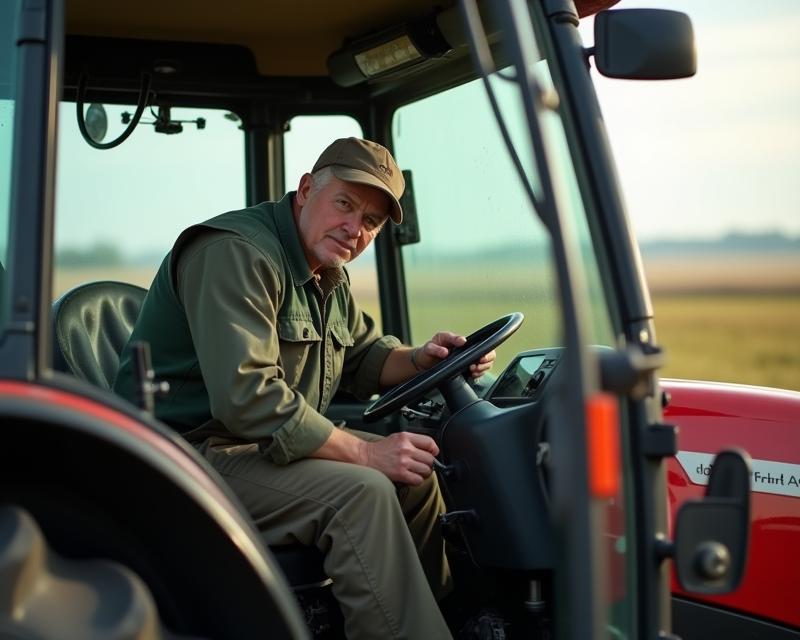DIY Grain Drying Rack: A Farmer's Guide
Publish in Farm el 05/07/2025 02:32
DIY Grain Drying Rack: A Farmer's Guide
Harvest time is exciting, but getting your grains properly dried is crucial for long-term storage and preventing spoilage. Proper drying ensures your grains remain nutritious and free from mold. You don't need expensive equipment – a simple, DIY grain drying rack can be built with readily available, low-cost materials. This guide will walk you through the process, step-by-step, so you can safely and effectively dry your grains.
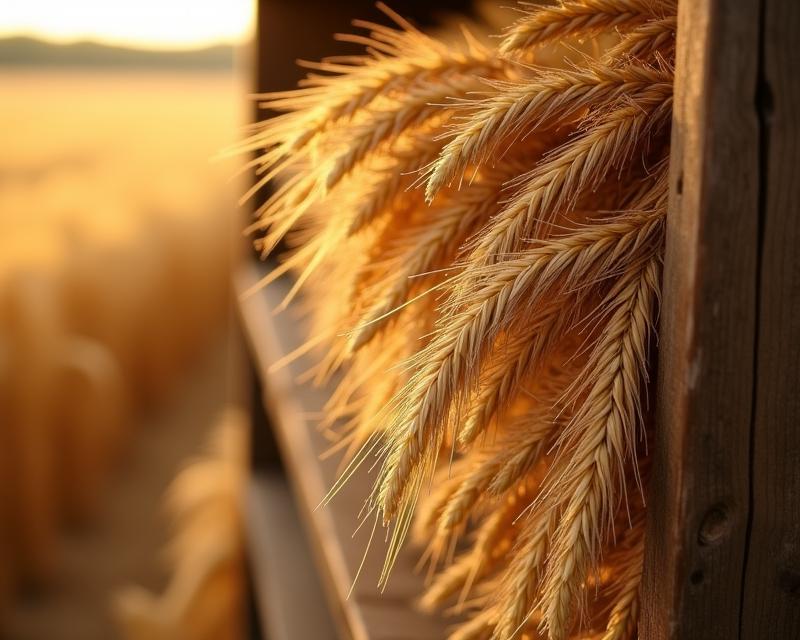
Why Proper Drying Matters
Before we dive into building, let's quickly cover why drying is so important. Grains have a high moisture content after harvest. This moisture creates a perfect environment for mold, bacteria, and insects to thrive. Mold can produce mycotoxins, which are harmful to both humans and livestock. Proper drying reduces the moisture content to a safe level (typically 12-14% for most grains) inhibiting the growth of these unwanted organisms. A well-dried harvest means a longer shelf life and a healthier, more valuable crop.
Building Your Grain Drying Rack
Here's a simple design for a grain drying rack. You can adapt it to fit your space and the amount of grain you need to dry. You'll need:
- Lumber: 2x4s or similar (amount depends on desired size – estimate based on the area you want to cover). Reclaimed lumber is a great, cost-effective option!
- Hardware Cloth/Mesh: To create the drying surfaces.
- Screws/Nails: For assembly.
- Saw: For cutting the lumber.
- Drill (optional but helpful): For pre-drilling screw holes.
Instructions:
- Frame Construction: Build a rectangular frame using the lumber. The size is up to you, but a good starting point is 4 feet by 8 feet. Ensure the corners are square.
- Support Slats: Add horizontal support slats across the frame, spaced 6-8 inches apart. These will provide support for the hardware cloth.
- Hardware Cloth Attachment: Secure the hardware cloth to the frame and support slats using staples or screws. Make sure the cloth is taut and doesn't sag. Overlap the edges of the cloth slightly for added strength.
- Elevate the Rack: Raise the rack off the ground using bricks, cinder blocks, or wooden supports. This improves air circulation and prevents moisture from wicking up from the ground.
Drying Your Grains
Once your rack is built, it's time to dry your grains. Spread the harvested grain in a thin, even layer on the hardware cloth. Ensure good air circulation around the grain. The drying process can take anywhere from a few days to a couple of weeks, depending on the grain type, humidity, and temperature. Monitor the moisture content regularly using a grain moisture meter. Turn the grain periodically to ensure even drying. Avoid direct sunlight, as it can damage the grain.
Safety First!
Always wear a dust mask when handling dry grain to avoid inhaling dust. Keep the drying rack away from sources of ignition, such as open flames or sparks. Regularly inspect the rack for any signs of damage or wear and tear. With a little effort, you can build a reliable grain drying rack that will help you preserve your harvest and ensure a bountiful supply of nutritious food for your family and livestock.
